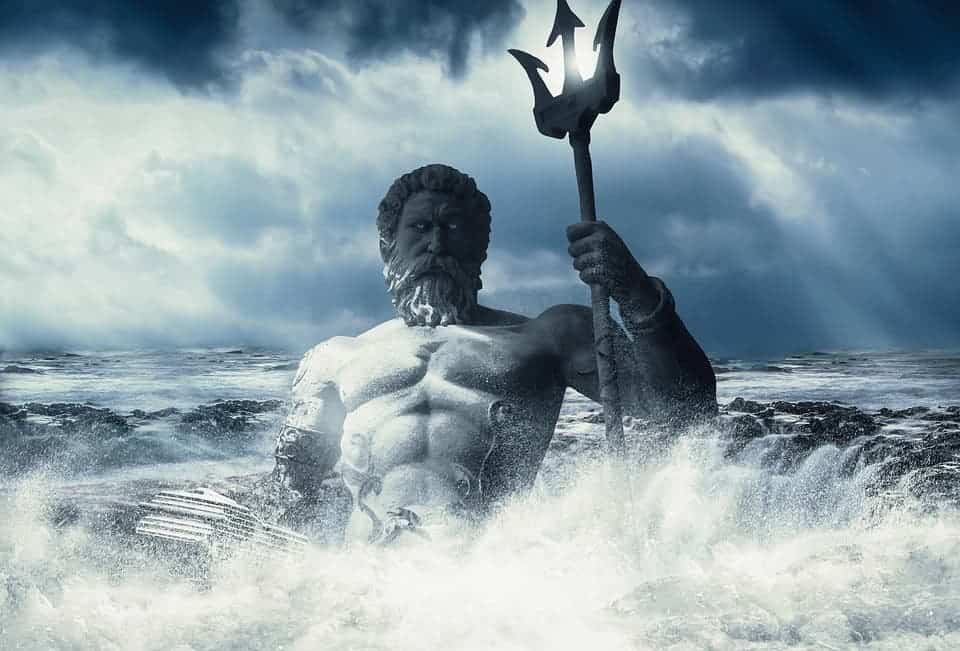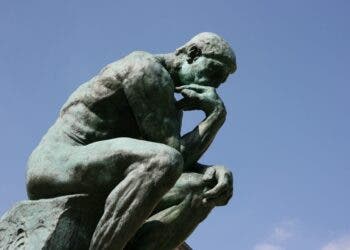
Wrathful deities that punish unlawful mortals are present in virtually all religions. But how did they appear? According to a new study, vengeful gods surfaced after societies crossed a certain complexity threshold, typically appearing in civilizations with over a million people. Such beliefs may have naturally evolved in order to improve cooperation among strangers and non-tribal members.
The gods of many people
All modern religions have some sort of punishing all-powerful figure. In Greek mythos, Zeus chained Prometheus to a rock for giving fire to mankind and generally being willful and defiant. In Scandinavian culture, Loki is imprisoned deep within the earth for angering the gods, bound with the entrails of one of his sons, with a great serpent over his face that drips venom into his eyes. And one needs to look no further than the Old Testament for ample illustrative examples of God unleashing his wrath unto no-gooders.
Scholars have proposed that religions began introducing wrathful supernatural deities as a means to enforce moral codes. The ultimate punishment for disobeying just moral conduct is an eternity of damnation, what we generally refer to as ‘hell’. Most ancient-dead and modern-prevailing religions have a concept of hell. The ancient Greek had Hades, Judaism has Sheol, Islam has Jahannam, Buddhism has Naraka, Zoroastrianism has the Chinvat Bridge, and Tibetan Buddhism has the Bardo.
The idea is that religion enforces a moral code whereby just gods reward moral behavior and unjust gods (or the same god in the case of Islam or Christianity) punish the wicked — the carrot and the stick.
Some researchers have advanced the idea that supernatural enforcement of morality was facilitated by social complexity, but until now the evidence has been inconclusive.
Researchers at Keio University in Japan analyzed data from the Seshat: Global History Databank, a huge atlas of global history from the end of Paleolithic up to the Industrial Revolution. The research team looked at the relationship between social complexity and moralizing gods in 414 societies from 30 regions around the globe over the past 10,000 years. To evaluate the complexity of a society, the researchers looked at 51 measures, including the size of a settlement and the existence of a formal legal code.
The authors of the new study found that supernatural forces that punish selfish or anti-social actions consistently surface when societies passed the one million-person level. This suggests that first there were big societies, and only later did such beliefs appear.
The findings were reported in the journal Nature.






